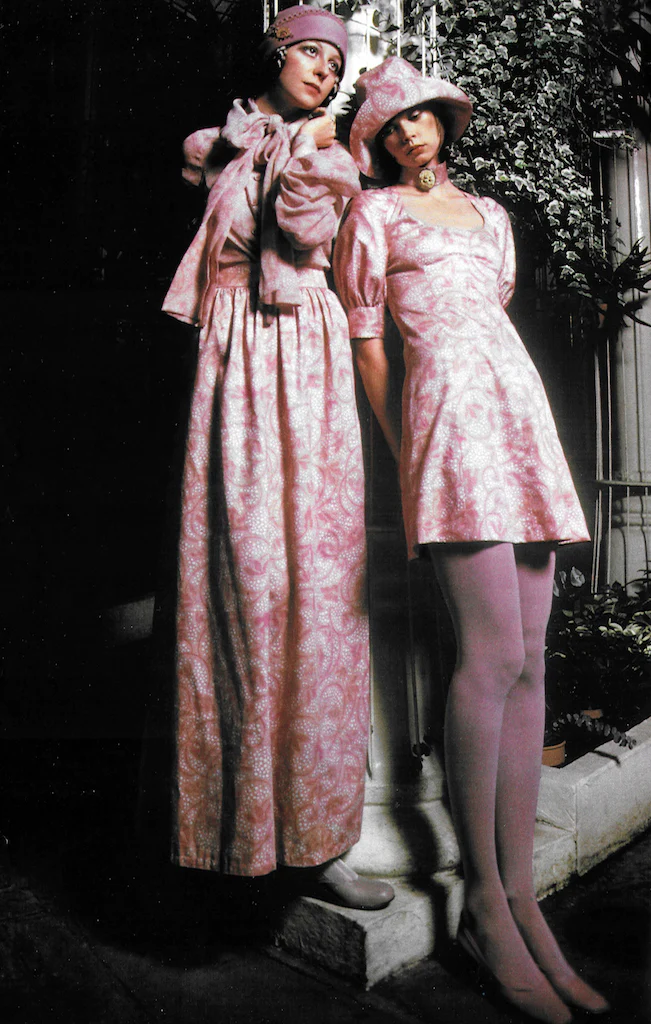Sewing clothes on your own is not a new thing. Sewing clothes by hand has been done for centuries, and it is still being done today. The only difference is that now we have sewing machines to make the process easier and faster. The sewing machine was invented in 1846 by Walter Hunt, but it wasn’t until 1857 that Elias Howe patented a design that would make the sewing machine more efficient.
But sewing by hand is a fun and creative hobby. It can be a great way to create your clothes or even to make gifts for others. If you are looking to sew clothing on your own, it is important to know the difference between sewing with a machine and sewing with your hands. Sewing with a machine will be faster than sewing by hand but it may not produce the same quality of fabric as someone who sews by hand would produce. Sewing by hand will take more time but will give you more control over the fabric quality and shape of the garment being made.
Types of Sewing Without a Machine
Sewing without a machine is a great way to learn how to sew. With the right tools and materials, you can create beautiful projects that are not only stylish but also practical.
There are many ways to sew without a machine, such as hand sewing and no-sew fabric projects.
Hand sewing is one of the most popular techniques for sewing without a machine. It can be used for garments, accessories, and home decor items. It’s an excellent skill to have in your back pocket because it’s relatively inexpensive and easy to do!
No-sew fabric projects are another great way to sew without a machine! These projects use glue or other adhesive materials instead of needles and thread.
The size of the needle corresponds to the thickness of the thread used in hand-sewing and to some extent in machine-sewing. The most common sizes are 60/8, 70/10, 80/12, 90/14 and 100/16. The higher the number, the thinner and finer the needle; for example, a size 100 needle will be thinner than a size 120 needle. You can use sewing needles according to your needs and the fabric of the cloth.
How to Sew Without a Machine at Home
Sewing is a new skill many people are picking up in recent years. While it may seem intimidating to learn, it is not so difficult with the right tools. Sewing machines are expensive and not always necessary for beginners to learn the basics of sewing. Below we will discuss the tools, materials and techniques that you can use.
The first step to sewing without a machine is to gather all the materials needed. You will need thread, needles, pins and fabric. You can use any type of fabric that you have for this project.
The second step is to make sure that your fabric is ironed and cut into the appropriate size for what you are sewing. Once it is ironed, it should be laid out on the table in a way that makes sense for what you will sew next.
Then cut and sew according to what you wanna make. There are plenty of tutorials on youtube and google which will help you in sewing clothes.
Tips For Buying And Caring For Your Hand Sewing Tools
A sewing kit is a must-have for any seamstress. A sewing kit can be as simple as a needle and thread or it can consist of many different hand-sewing tools.
It is important to know how to care for your hand-sewing tools to extend their life of them.
-If you are using thread, make sure that you store it in a cool and dry place so that it will not become brittle or break easily when using it. Storing your thread on the inside of your dresser drawer is an ideal place because it will not be exposed to humidity from outside air.
-If you are using scissors, make sure that they are sharpened regularly and oiled with machine oil every few months.
-If you are using needles, make sure that they have a straight eye and sharpen them regularly with a needle file or emery board. Store your needles in individual paper packets or metal containers so that they will not bend or break.


